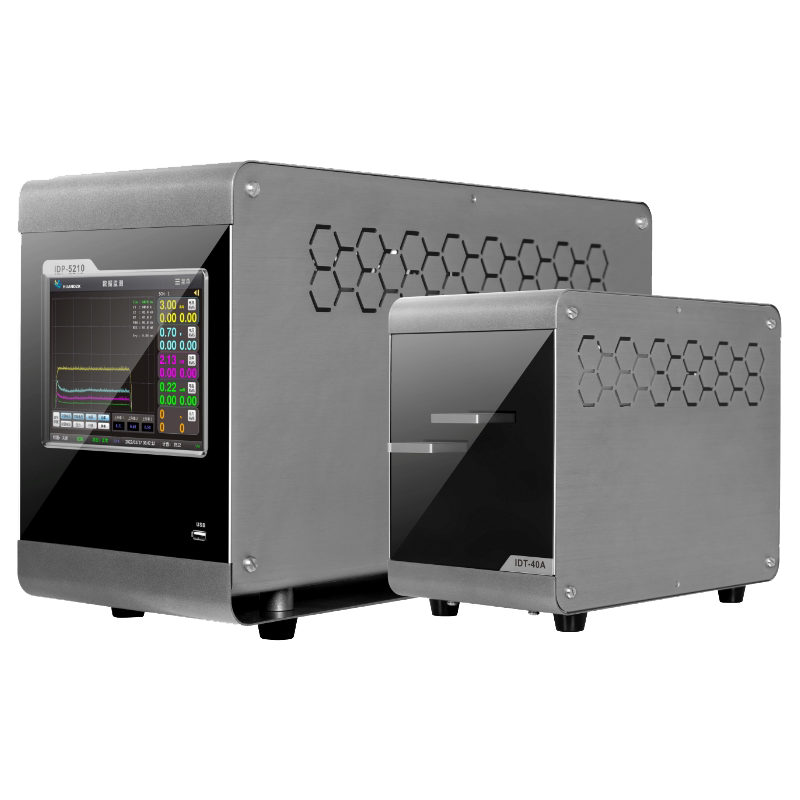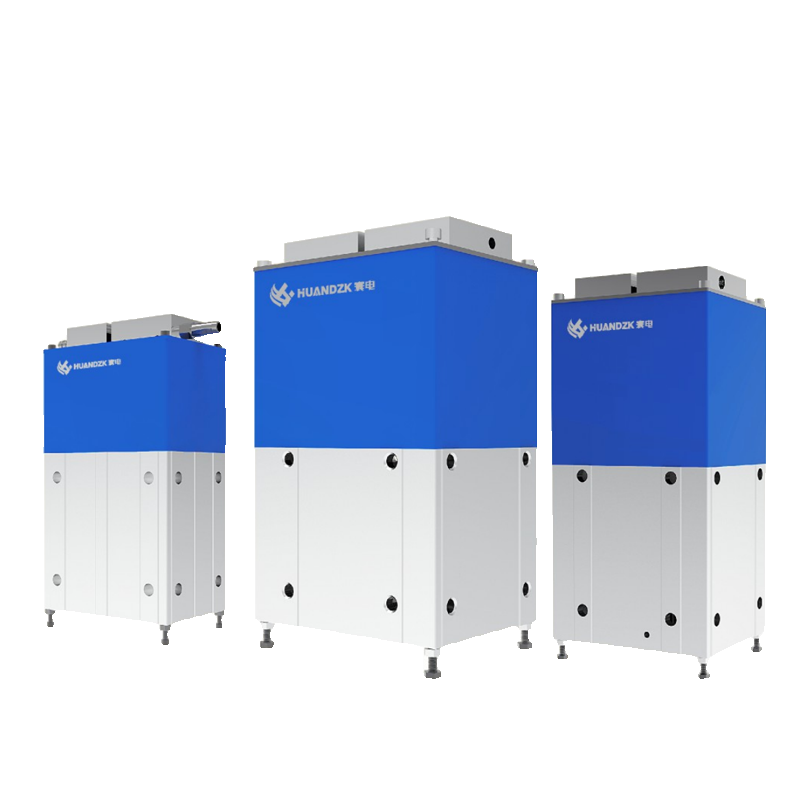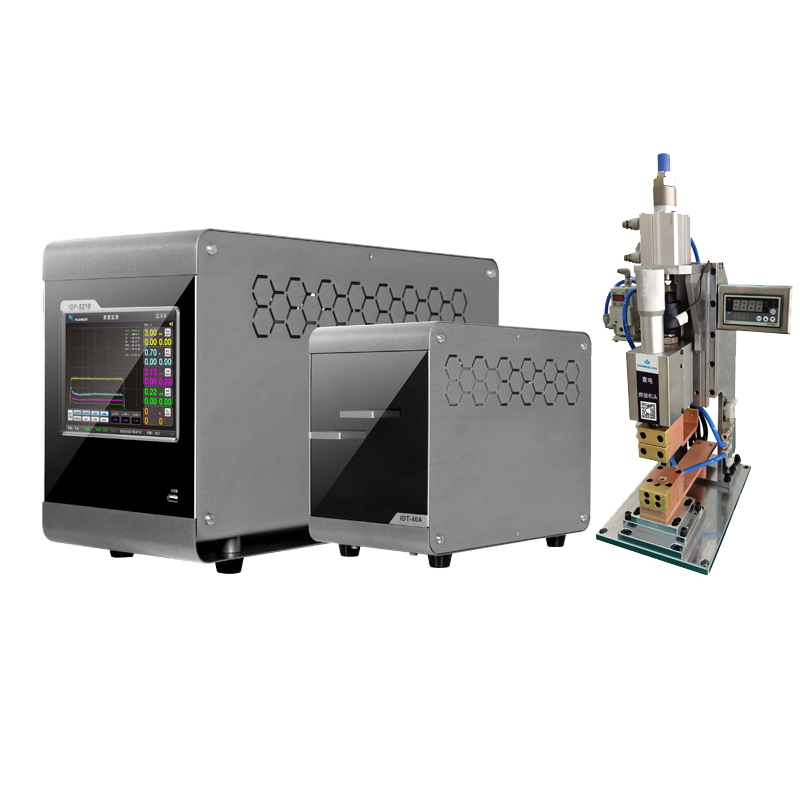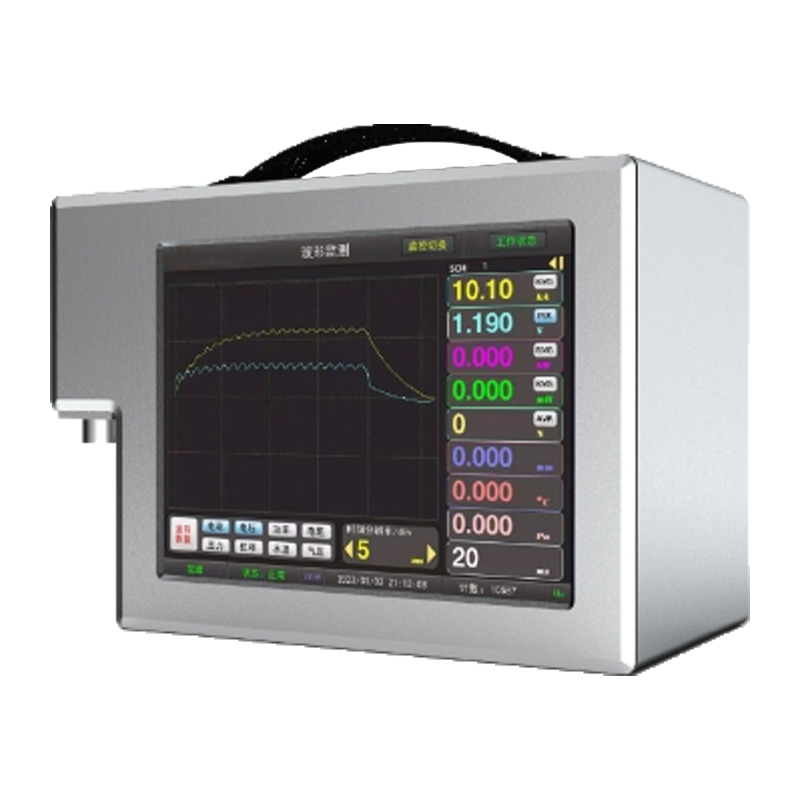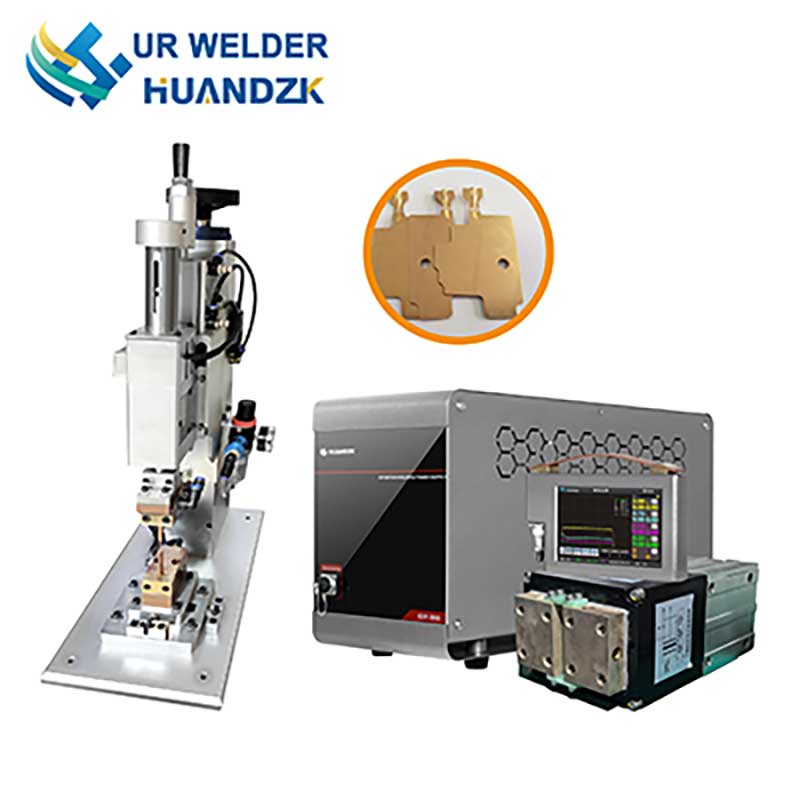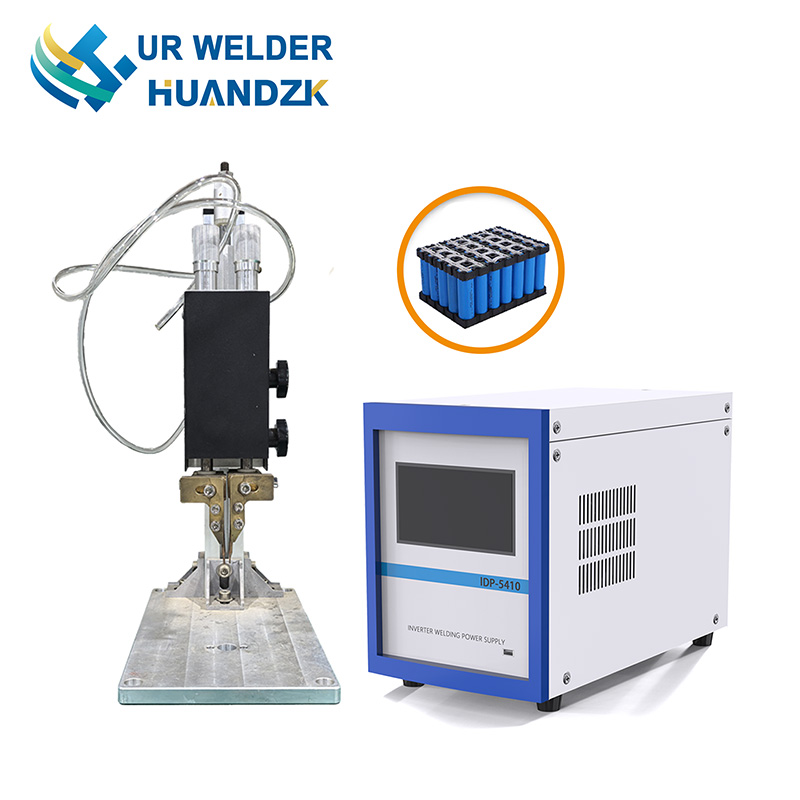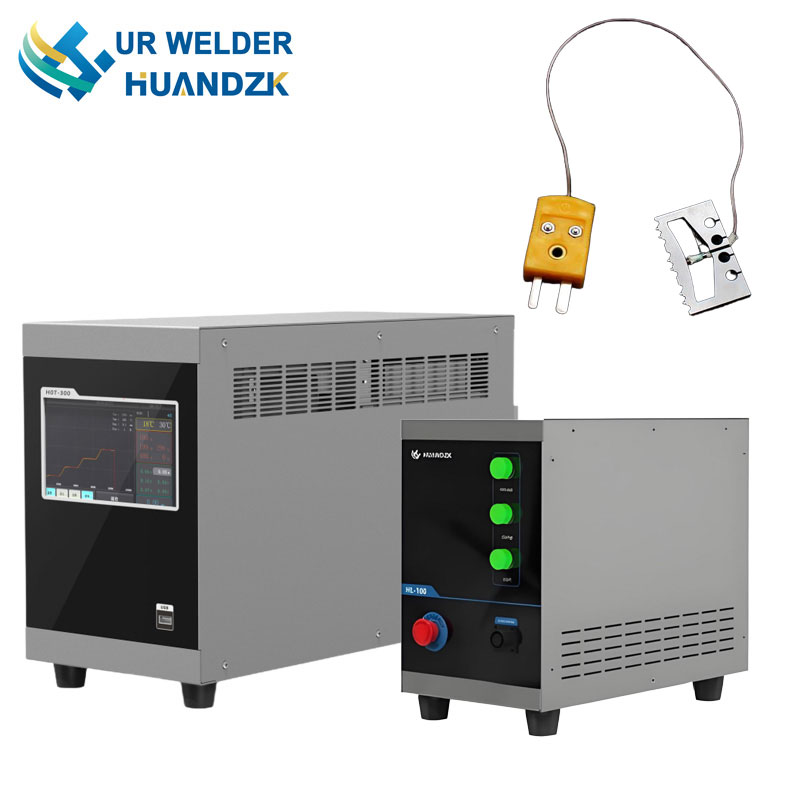In the field of precision hot-press welding, choosing a suitable welding power supply is crucial. Below, we take AC power supply and inverter power supply as examples for comparative analysis to help you make a wise choice.
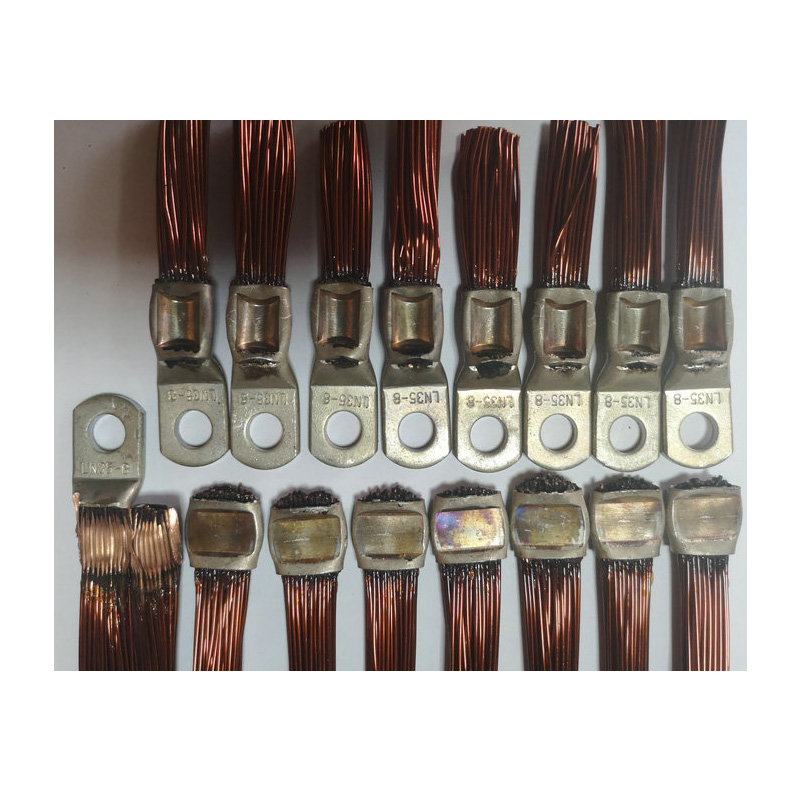
1. Comparison of structure and appearance
The structure of AC precision welding power supply is relatively simple, and its core components mainly include AC transformer and PLC control board. However, due to the large loss of its transformer at low frequency, it must be made larger and heavier, resulting in an overall weight that is almost twice that of the inverter DC power supply with the same power. In contrast, the structure of the inverter DC precision welding power supply is more complex, integrating advanced functions such as frequency conversion circuit, rectifier circuit, step-down transformer, single-chip microcomputer control, and I/O input and output. This makes the inverter power supply not only light in structure, but also friendly in human-machine interface, and higher in overall grade.
2. Comparison of working principles
The working principle of AC precision welding power supply is to input AC power, step down it, and then output AC power. The working principle of the inverter DC precision welding power supply is more complicated. It first converts the AC input into DC power after rectification and filtering, then converts it into medium-frequency AC power through the IGBT module, then steps down the voltage through the step-down transformer, and finally performs full-wave rectification at the output end to obtain low-voltage medium-frequency DC power.
3. In-depth analysis of the principle
The AC power supply directly steps down the voltage and amplifies the current output through the transformer, and its frequency remains unchanged, and the strong power part basically does not require other auxiliary circuits. The inverter DC power supply obtains high-voltage DC power through rectification and filtering, and then obtains medium-frequency AC power through the IGBT frequency conversion module, and finally obtains low-voltage medium-frequency DC power through step-down and full-wave rectification. In this process, the inverter power supply achieves efficient energy utilization through high-frequency conversion technology.
4. Advantages and disadvantages of AC and inverter
The AC power supply has the advantages of low cost and simple assembly, but its control accuracy is low, only 20ms (the industrial frequency AC power is 50Hz), and the energy is not concentrated, the heating speed is slow, and the energy consumption is high. In contrast, although the inverter precision welding power supply has high cost and complex structure, its control accuracy is as high as 0.5ms (at 2000Hz), which is 40 times faster than the AC power supply. In addition, the inverter power supply also has the advantages of low transformer loss and low energy consumption.
V. Control performance comparison
The AC hot pressing welding system is usually controlled by PLC or 8-bit single-chip microcomputer, which has a slow response speed and may not be timely for protection. The inverter precision welding power supply adopts a combination of 32-bit ARM chip + CPLD logic processor for control, which has high precision and fast speed. Its rich I/O interface and protection judgment function can cope with a variety of usage occasions and a variety of external abnormalities, effectively protecting the welding process.
VI. Process performance comparison
The heating speed of the AC precision welding power supply is slow, the temperature rise speed is also slow, and the fluctuation is large, and the control accuracy is not high. At the same time, its energy loss is too much, the protection speed is slow, and there is a risk of burning the welding head. The inverter precision welding power supply has the advantages of adjustable and controllable current, fast heating speed, fast and stable temperature rise speed, high control accuracy, concentrated energy and fast protection speed.
VII. Stability Comparison
AC power supply is directly affected by the grid voltage and has poor stability. The inverter power supply has a built-in current sensor and uses a PID algorithm for control. Its stability and reliability are much higher than that of the AC power supply.
In summary, in the field of precision welding, the inverter DC welding power supply can eliminate a considerable number of AC and energy storage welding power supplies with its advantages of high control accuracy, high heating speed, high stability and low energy consumption. Inverter DC pulse hot pressing welding has been widely used in the welding fields of solar photovoltaic junction box busbars, precision enameled wires and smart IC cards, and has become the mainstream choice in the field of precision welding.
If you are eager to explore more knowledge or have a strong interest in our products, please contact us via WhatsApp or WeChat. We warmly welcome your consultation and look forward to providing you with detailed answers.
